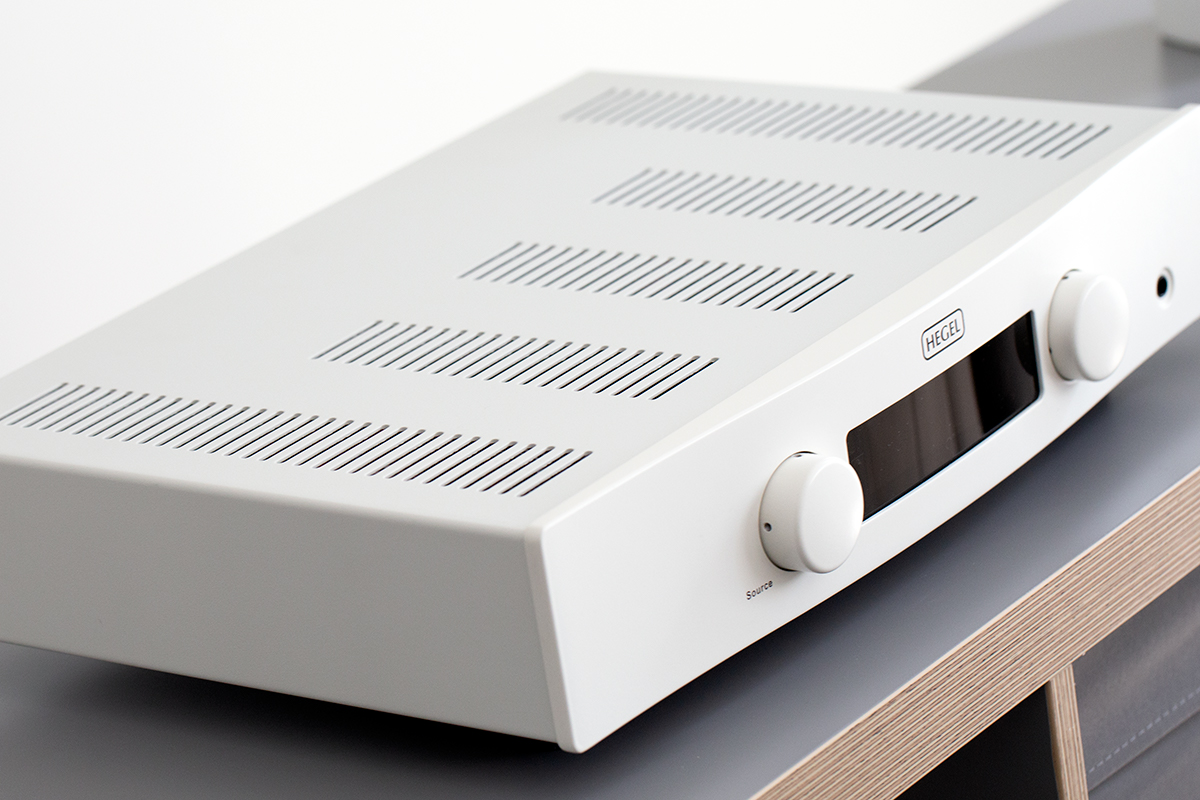I sometimes wonder if the name of this site, Simplifi, contradicts its stated mission to cover “convenient, lifestyle-oriented hi-fi,” per the blurb on the SoundStage! Network portal.
Let’s parse that mission statement. The “convenient” part is obvious -- to me, it means being able to play whatever music I want, whenever I want it, with minimal fuss and bother. “Lifestyle-oriented” covers the wherever part: listening to music in the rooms where my wife and I spend most of our time, rather than in an inner sanctum reserved for the household high priest of audio (that would be me). And, of course, sound quality is vital -- that’s the “hi-fi” part.
When the stars align, you can pick up your smartphone or tablet, choose the music you want and the room you want to hear it in, and music just happens. When you think about Simplifi’d hi-fi in those terms, it’s downright miraculous.
But as I’ve frequently observed in my reviews, the stars don’t always align. Software bugs can make system setup and daily operation more awkward than they should be. More to the point for this article, Simplifi’d hi-fi involves new classes of hardware and new ways of talking about them. But for music lovers steeped in traditional component hi-fi, many of the concepts involved in Simplifi’d hi-fi are anything but simple.
Humble pie
This was brought home to me following my recent review of Hegel Music Systems’ H120 integrated amplifier-DAC. A few days after that review was published, a Hegel users’ group on Facebook took me to task for the following statement: “The past few years have seen many new amplifiers with built-in streamers, Wi-Fi networking, and Bluetooth receivers, but the H120 includes none of them.” And in my conclusion, I stated: “Granted, the H120 lacks Wi-Fi, Bluetooth, and network streaming, all of which are increasingly found in integrated amps. But network streaming technology is changing so rapidly that a good case can be made for having those functions handled by a separate component.”
But while the H120 does not have Bluetooth or Wi-Fi (Hegel believes having Bluetooth and Wi-Fi radios inside an amplifier degrades its sound quality), it definitely has network streaming. As I’d noted earlier in the review, the H120 supports Apple AirPlay, Spotify Connect, and UPnP/DLNA. I had actually used AirPlay to stream music to the H120 from my iPhone SE, and UPnP to stream music from the Audirvana application on my MacBook Pro.
This was a brain cramp on my part, partly the result of jet lag after a hectic six-day trip to Warsaw for the 2019 Audio Video Show. The source of my confusion: Usually, when I think of a streaming amplifier, I think of a product with embedded streaming software and a companion app, along the lines of Simaudio’s MiND and Lenbrook’s BluOS. AirPlay, Spotify Connect, and UPnP are all streaming protocols, and by definition, any component that supports them has streaming capability.
Time for a serving of humble pie, a dish I’ve had to eat more than once in my more than 40 years as a technology writer. Not being on Facebook, I sent a note to SoundStage! publisher Doug Schneider to post on the forum, apologizing for my confusion, along with a corrected version of my review, which was quickly posted on Simplifi.
All this got me thinking: Maybe we need a set of naming conventions for networked audio components to use on SoundStage!. Go for it, said Doug Schneider and our editor-in-chief, Jeff Fritz.
Standard Definitions I
I’d be carrying on a process Doug began exactly a year ago, when he sent a group e-mail to the SoundStage! team proposing a standardized set of definitions for powered and active loudspeakers.
Doug said that we should use the term powered speaker for a product that has a conventional passive crossover network and a single amplifier for each channel. In such a system, the crossover comes after the amplifier, just as it does in a conventional component system with separate amplifier and speakers. The only difference is that the amplifier(s) is built into one or both speaker enclosures.
The term active speaker should be used for models in which the crossover comes before the amplifiers in the signal path. Active speakers have a dedicated amplifier for each frequency range.
Doug added a third category: active loudspeaker systems, such as Bryston’s Middle T, which have active crossovers, and dedicated amplifiers for each frequency band. But the electronics -- the active crossover and amplifiers -- are external. The speakers have a different set of connectors for each frequency band.
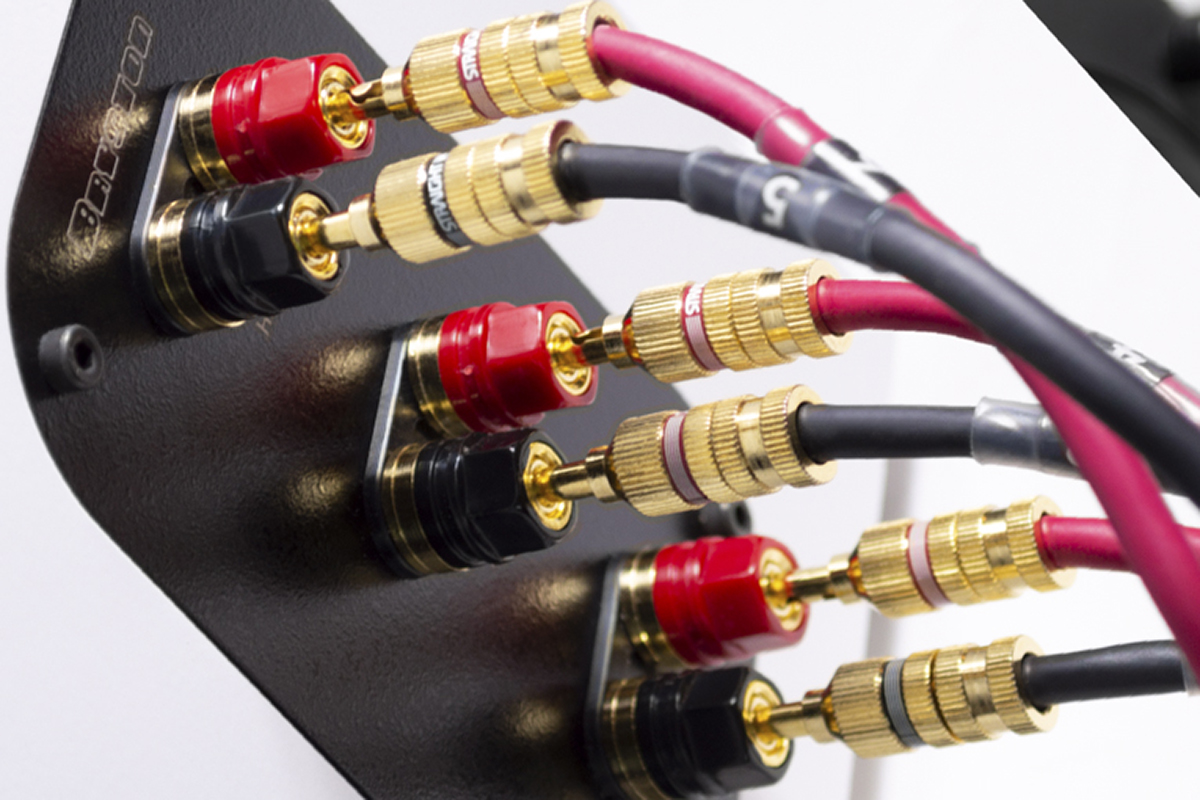
I’ve found these definitions very helpful, and have used them whenever I’ve reviewed powered or active speakers. (There’s not enough room in my home for one of Bryston’s active speaker systems, which anyway don’t exactly fit the Simplifi mandate.)
Of course, manufacturers don’t necessarily follow our naming conventions. Elac refers to its Navis ARB-51 stand-mounted speaker and ARF-51 floorstander as powered speakers when, according to our definition, they are active designs. Kanto says its Tuk speakers have an active crossover -- which they do, but only for the subwoofer output. They have a conventional passive crossover network and a single amplifier for each channel, so according to our definition, these are powered speakers.
Bowers & Wilkins includes the Formation Duo, an active design, under a category it calls wireless speakers, which is exactly how Klipsch categorizes its new Wireless Speaker & Audio (WiSA) RW-51M powered speaker.
Themes and variations
Nor do our definitions cover all variations seen in current products. Many active speakers, including KEF’s LSX and Bowers & Wilkins’ Formation Duo, have DSP-based crossovers, along with built-in networking and music-streaming capability.
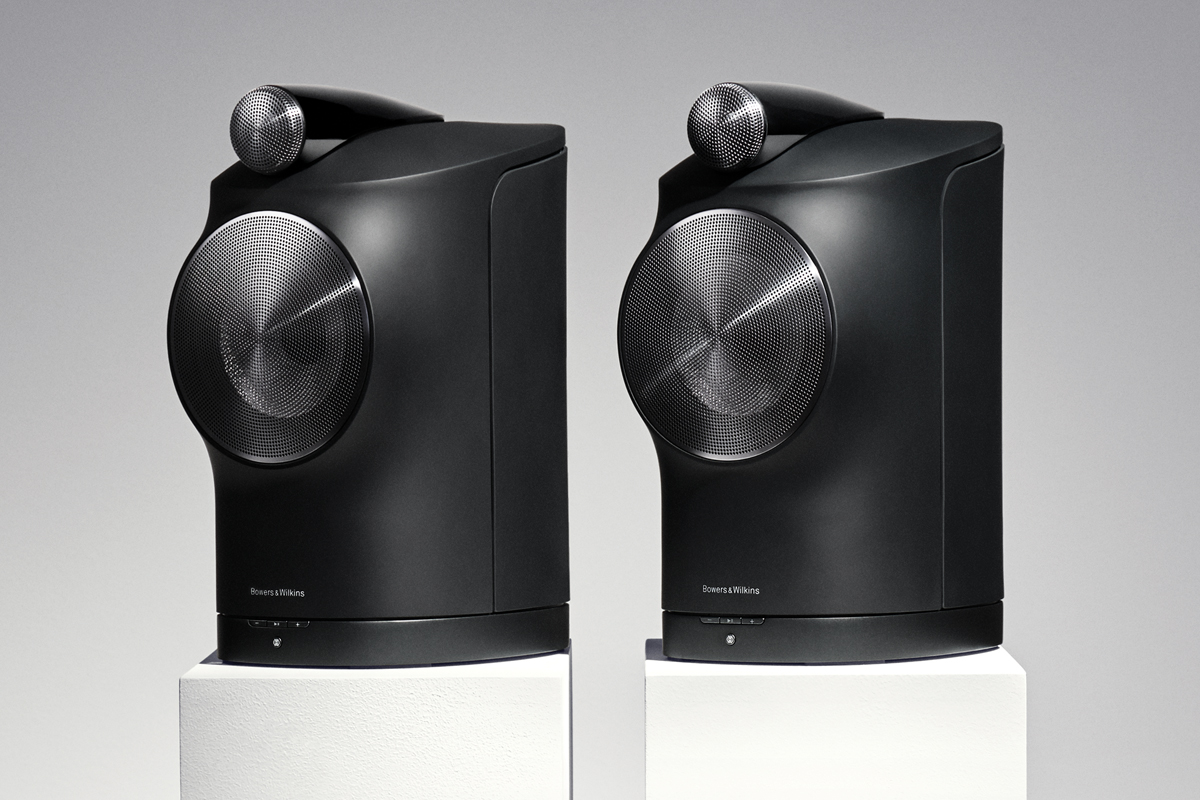
Dynaudio’s Xeo and Focus XD active speakers are also digital designs with DSP-based crossovers, but they have no built-in networking or streaming capability. They do have digital and analog inputs for connecting external components, including network streamers. The same is true of the groundbreaking Kii Audio Three. Dynaudio’s Xeo and Focus XD series work with the optional Connect module, which allows high-resolution digital audio to be sent wirelessly to the speakers from devices connected to the module.
There are also analog active speakers, such as PMC’s result6 monitor and Elac’s two Navis models. These have analog active crossovers, with capacitors, inductors, and resistors, just like the crossovers in passive speakers -- except that these parts have lower voltage ratings, as they accept line-level rather than speaker-level signals. Like all active speakers, they have dedicated amplifiers for each frequency range.
Getting granular
So, especially for active speakers, a little more granularity might be useful. We could create two subcategories to distinguish between analog active speakers, such as those from Elac and PMC, and digital active speakers, such as those from B&W, Dynaudio, KEF, and Kii. Then we could add a sub-subcategory: streaming digital active speakers, to differentiate such models as KEF’s LSX and B&W’s Formation Duo, which have built-in networking and streaming, from those that lack this capability -- say, the Kii Three and Dynaudio’s Xeo and Focus XD.
Even this doesn’t capture all the possibilities. DALI’s Callisto 2 C and 6 C digital active speakers have analog RCA jacks on their rear panels, as do DALI’s new Rubicon 2 C and 6 C active speakers, so that they can be connected to the line output of a conventional preamp. All of these models also work with the optional DALI Sound Hub, which transmits 24-bit/96kHz digital audio to each speaker. The Sound Hub has analog and optical inputs as well as Bluetooth capability, but no networking or streaming features -- unless you install the optional NPM-1 BluOS module in one of its two expansion ports, in which case it has the same streaming and multiroom music capabilities as Lenbrook’s Bluesound and BluOS-capable NAD products. Are these DALIs streaming digital active speakers? They are with the BluOS module installed in the companion Sound Hub, but without that module they aren’t.
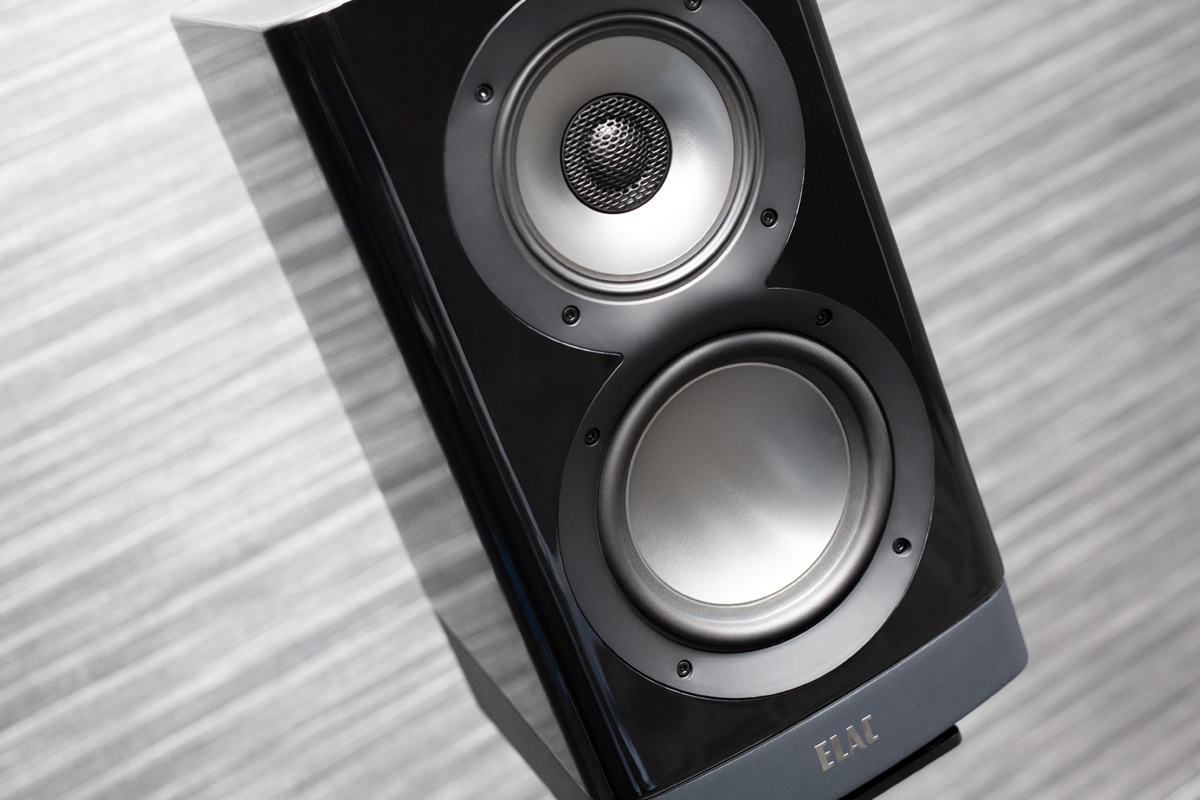
There’s ambiguity on the analog side, too. Elac’s Navis speakers can receive CD-resolution digital audio wirelessly from the company’s Discovery Connect streamer, which is Roon Ready, and supports AirPlay and Spotify Connect. Does this mean we need another sub-subcategory -- streaming analog active speakers -- for the Navises?
The lesson: No matter how granular our definitions, they’ll never cover all the possibilities. At some point there are just too many subcategories, and it’s better to rely on descriptions.
Standard Definitions II
The situation with networked electronic components is even more chaotic. Since the dawn of the millennium music has become increasingly disembodied, shifting from physical media to file-based playback and on-demand network streaming. This has given rise to two new classes of audio components: music servers and network streamers. These can be standalone devices, but more often they’re combined with other components -- not only DACs, but also preamps, integrated amps, and active speakers. Different manufacturers use different terms to classify these products, so let’s start with some basic definitions.
You can use a Windows PC, Mac, or Linux computer for local music playback, either through its built-in audio circuitry or, much better, from an attached DAC. But with a network connection and the right software, you can also stream music over a home network to a networked audio component in another room. In that case, the computer sending the digital stream is functioning as a music server, and the component receiving that stream is functioning as a streamer.
There’s a third component -- the controller, which is used to select music and choose where it should be played. These days, the controller almost always is an app running on a smartphone or tablet.
Essentially, then, a music server is a device that combines computing capability, data storage, and music-server software. That device can be a Windows PC, Mac, or Linux box running a music-server app. It can also be a network attached-storage (NAS) drive running a music-server app. Or it can be a dedicated music server from a specialty audio brand such as Auralic, Aurender, Bluesound, Innuos, Lumin, Naim, or Roon. Most of these brands are consistent in the way they classify these products -- they call them servers. This is a pretty straightforward definition.
It gets messier on the receiving end. Many manufacturers offer components that can receive digital audio over a home network, and output digital audio via their USB, S/PDIF, and/or AES/EBU connectors for use with an external DAC. Many of these products also have USB ports for connecting a local drive, and embedded software that lets them work with on-demand streaming services; e.g., Qobuz and Tidal.
Auralic calls its Aires G1 a wireless streaming transporter. Bryston calls its BDP-3 a digital music player. Simaudio’s MiND 2 and exaSound’s Sigma Streamer are called by their makers network players. Lumin uses the descriptor streaming transport for its U1 and U1 Mini. Pro-Ject uses the phrase audio optimized network bridge for its Stream Box S2 Ultra. All of these products perform essentially the same function, but you might not know it given the various terms used by their manufacturers.
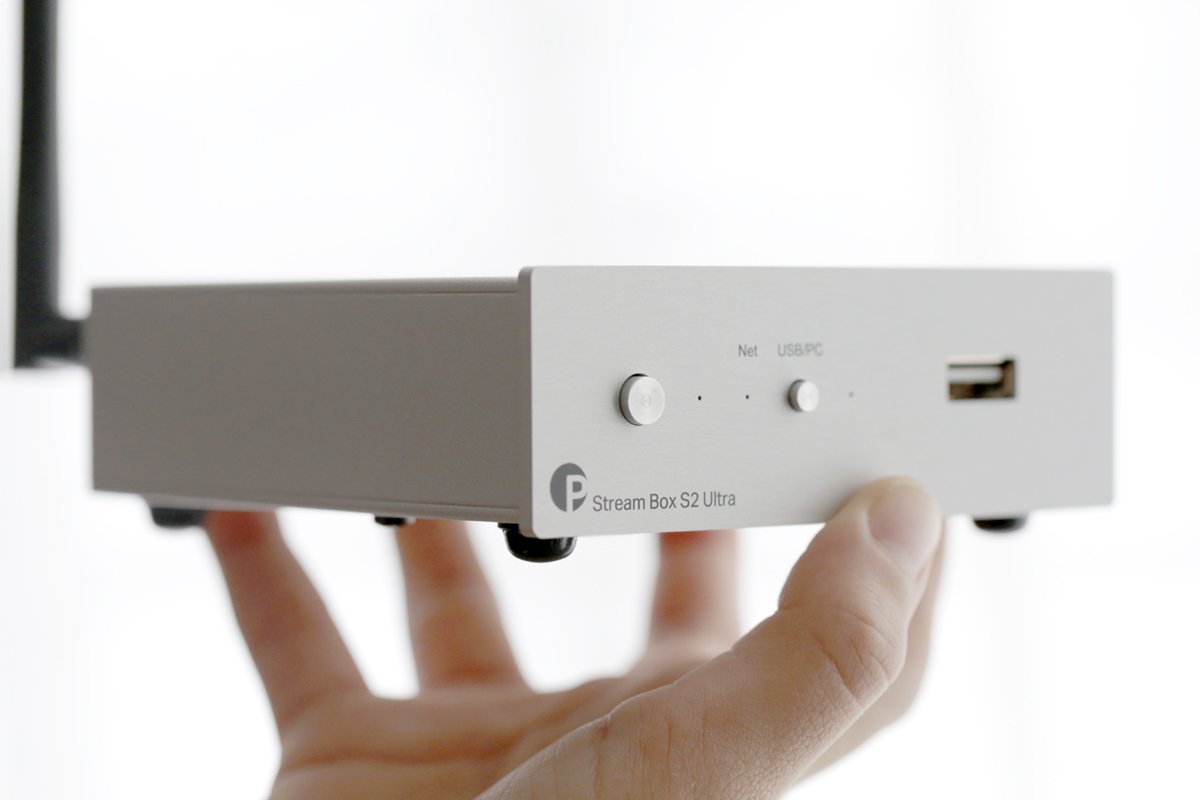
So what should we call them here on Simplifi?
Since none of these products have analog outputs, and all rely on an external DAC to play music, I’m reluctant to call them players. Let’s settle on a few interchangeable terms: streamer if we want to keep it short and sweet, network streamer if we want to be a bit more descriptive, network music transport if we want to get geeky -- and wireless music transport if the component has built-in Wi-Fi.
Such a product could be connected to a standalone DAC, a pair of streaming active speakers with digital inputs such as Dynaudio’s Focus XD, or an integrated amplifier with built-in DAC such as Cambridge Audio’s CXA81.
Multipurpose
Many components combine network streamers with built-in DACs, allowing connection to a preamp, integrated amp, or active or powered speakers with analog inputs. Some of these components, such as Lumin’s T2, are designed solely for playback of networked music, or music from an attached USB drive. They have no digital or analog inputs for attaching external components. Lumin classifies products like the T2 as network players; I like that term, but to be more precise I’ll call them network music players. Another good term for these is streaming DACs.
Many more streaming products have built-in DACs and line-level outputs, plus analog and digital inputs for connecting external source components. With this feature set, they function as a network music player and as a preamp. Examples include NAD’s Classic C 658, Naim Audio’s ND5 XS 2, and Primare’s SC15 Prisma.
Naim calls its ND5 XS 2 a network player, while NAD uses the descriptor BluOS streaming DAC for its C 658. Neither term captures these products’ preamp functions, which will be important for many users. In that respect, Primare’s description of its SC15 Prisma -- preamp and network player -- is better. Bryston has a more complete classification for its new BDA-3.14: DAC/streamer/preamplifier. That’s a bit of a mouthful, so let’s settle on streaming DAC-preamp.
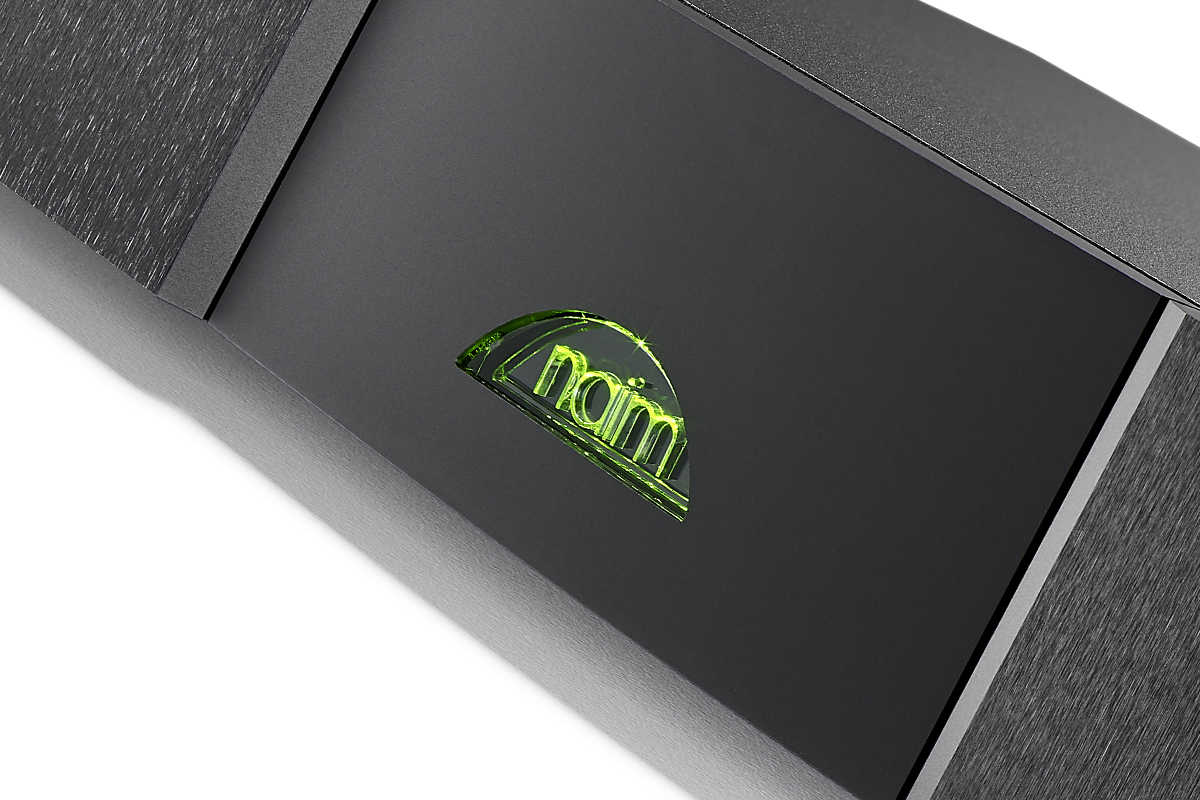
The NAD, Naim, and Primare models differ in several respects, one of which is how they’re controlled. With the Naim ND5 XS 2 you must use Naim’s own app to switch inputs and adjust volume. With the NAD C 658 you can use the companion app for these functions, but you can also perform them with front-panel controls or a supplied remote-control handset. Similarly, the Primare SC15 Prisma can be controlled from the app, buttons on its front panel, or the supplied remote. This is another instance of simple classifications not doing a product full justice.
Finally, we come to integrated amplifiers with built-in streamers, such as NAD’s Masters M10, Naim Audio’s Uniti Atom, and Simaudio’s Moon Neo ACE. NAD calls the M10 a BluOS streaming amplifier. Naim calls the Uniti Atom an all-in-one player, and similarly, Simaudio calls the Moon Neo ACE an all in one music player. NAD’s classification is much more descriptive, so I’ll use that as my guide. On Simplifi, we’ll call these products streaming integrated amplifiers.
Is that how we should describe Hegel’s H120, my review of which initiated this entire name game in the first place? That’s a tougher call. Hegel includes the H120 in a list of integrated products on its website, and in the title of my Simplifi review I call it an integrated amplifier-DAC (or, for short, an integrated-DAC) -- but that doesn’t do it justice.
Sure, the H120’s streaming features are less extensive than those of the NAD M10, Naim Uniti Atom, and Simaudio ACE -- no Wi-Fi or Bluetooth, no companion app, no built-in clients for services like Qobuz and Tidal. On the other hand, networked features such as Ethernet connectivity and AirPlay support are entirely lacking in, say, Cambridge Audio’s CXA81 -- the H120 is definitely more than an integrated amplifier-DAC. Should we call such products networked amplifier-DACs? Or is that getting too granular? It’s another case of products not falling neatly into one category or another -- we need descriptions as well.
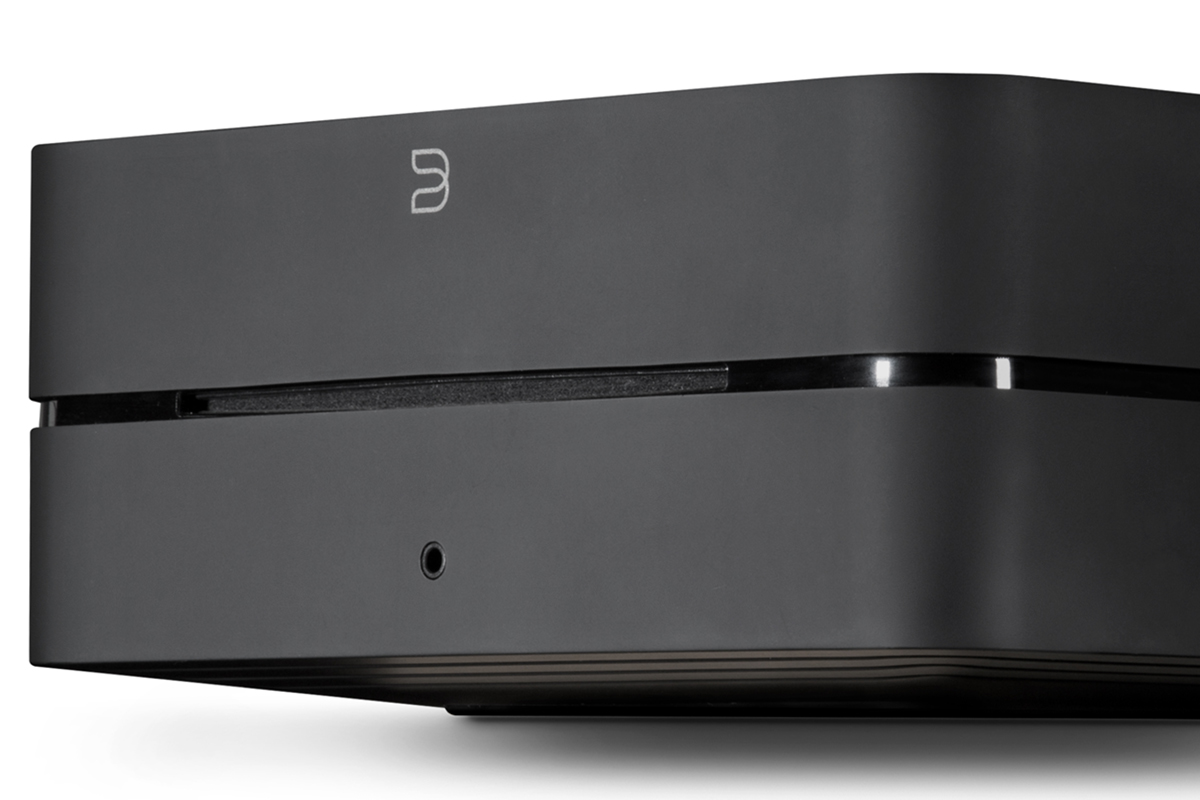
There’s another example of this. Bluesound’s Vault 2i and Naim’s Uniti Core are music servers, but they’re also CD rippers and streamers. Both have digital outputs and work with companion apps. You can connect them to a DAC (either standalone, or built into another component like an integrated amp) and play music from services like Tidal and Qobuz. They’re also Roon Ready. So maybe we should classify these products under the hybrid category server/CD ripper/streamer, as I did in the title of my review of the Bluesound Vault 2i. But the Vault 2i also has a built-in DAC and analog outputs -- should we call it a server/CD ripper/network player -- or am I getting too granular again?
Let’s play Dictionary
After all this cataloging, it’s time for some definitions. Let’s start with speakers, with thanks to Doug Schneider:
powered loudspeaker -- A loudspeaker with a built-in amplifier for each channel and a conventional passive crossover.
active loudspeaker -- A loudspeaker with built-in amplifiers for each frequency range, and an active crossover that comes before the amplifiers in the signal path.
active loudspeaker system -- A loudspeaker with amplifiers for each frequency range, and an active crossover that comes before the amplifiers in the signal path, with the crossover and amplifiers housed externally.
Subcategories can be added to the preceding definitions to differentiate analog from digital designs, and models with network connectivity and streaming functions from those lacking those features.
On to electronics:
music server -- A device that combines computing capability, data storage, and software for playing music over a local area network. Such a device can be a dedicated audio component; an appropriately configured PC, Mac, or Linux box; a NAS drive; or even a smartphone. A music server can have other functions, such as streaming (see below), in which case those functions can be appended to the description.
streamer -- A device that receives digital audio over a local area network, under control of a companion app, and outputs the audio through USB, S/PDIF, or AES/EBU connectors. These products lack DACs and analog outputs. They’re intended for connection to an external DAC, either standalone or built into another component. Also called a network streamer or network music transport.
network music player -- A device with network connectivity, streaming capability, and a built-in DAC that feeds analog line-level outputs. Also called a streaming DAC.
streaming DAC-preamp -- A component with network connectivity, streaming capability, built-in DAC, and line-level outputs, plus digital and/or analog input jacks for connecting external source components. On some of these products the source can be selected from the front panel, or with a supplied remote control or companion app. The others allow app control only.
streaming integrated amplifier -- A component with all the functions of a streaming DAC-preamp (network connectivity, streaming capability, built-in DAC, input jacks for external source components), plus a power-amplifier stage that allows direct connection to passive loudspeakers.
integrated amplifier-DAC -- A component that combines an integrated amplifier with digital inputs and a DAC, but lacks network connectivity and streaming capability. Similarly, a preamplifier-DAC combines a preamp with digital inputs and a DAC, but lacks network connectivity and streaming capability.
networked amplifier-DAC -- A component that combines an integrated amplifier, DAC, network connectivity, and basic streaming support, but has no companion app or built-in client software for streaming services. Likewise, a networked preamplifier-DAC combines a preamp, DAC, network connectivity, and basic streaming support, but has no companion app or built-in client software for streaming services.
Simple, huh?
The foregoing definitions capture most -- but certainly not all -- of the different classes of components that can form the basis of a Simplifi’d music system. So, to answer the question in my opening, Simplifi’d hi-fi can get a little complicated. With the rise of file-based playback and on-demand streaming, there are more ways than ever to configure a music system -- as this list of definitions illustrates.
But there’s a big upside: You can assemble a music system that’s ideal for your budget, listening habits, and living space -- and, when you’ve put it all together, you can listen to whatever music you want, whenever and wherever you want, in glorious high fidelity. And as I said in my opening, that’s downright miraculous.
. . . Gordon Brockhouse



